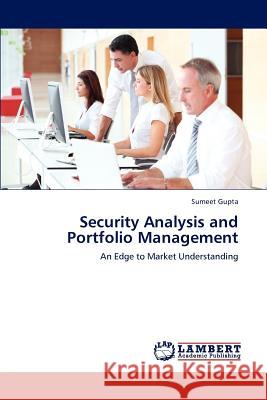Security Analysis and Portfolio Management » książka
Security Analysis and Portfolio Management
ISBN-13: 9783848494385 / Angielski / Miękka / 2012 / 232 str.
Any mutual fund has an objective of earning income for the investors and getting increased value of their investments. To achieve these objectives mutual funds adopt different strategies and accordingly offer different scheme of investments. On these basis the simplest way to categories schemes would be to group these into two broad classifications. Operational Classification and Portfolio Classification 1. Operational Classification: It highlights the two main types of schemes, i.e. open ended and closed ended which were offered by mutual funds. (i) Open ended Schemes: As the name implies the size of the scheme (fund) is open - i.e. not specified or pre - determined. Entry to the fund is always open to investor who can subscribe at any time. Such funds stand ready to buy or sell its securities at any time. Such funds stand ready to buy or sell its securities at any time. It implies that the capitalization of the funds is constantly charging as investors sell or buy their shares. (ii) Close ended Schemes: Such schemes have a definite period after which their shares / units are redeemed. Unlike open - ended funds, these funds have fixed capitalization, i.e. their corpus normally
Any mutual fund has an objective of earning income for the investors and getting increased value of their investments. To achieve these objectives mutual funds adopt different strategies and accordingly offer different scheme of investments. On these basis the simplest way to categories schemes would be to group these into two broad classifications. Operational Classification and Portfolio Classification 1. Operational Classification : It highlights the two main types of schemes, i.e. open ended and closed ended which were offered by mutual funds. (i) Open ended Schemes: As the name implies the size of the scheme (fund) is open - i.e. not specified or pre - determined. Entry to the fund is always open to investor who can subscribe at any time. Such funds stand ready to buy or sell its securities at any time. Such funds stand ready to buy or sell its securities at any time. It implies that the capitalization of the funds is constantly charging as investors sell or buy their shares. (ii) Close ended Schemes: Such schemes have a definite period after which their shares / units are redeemed. Unlike open - ended funds, these funds have fixed capitalization, i.e. their corpus normally











